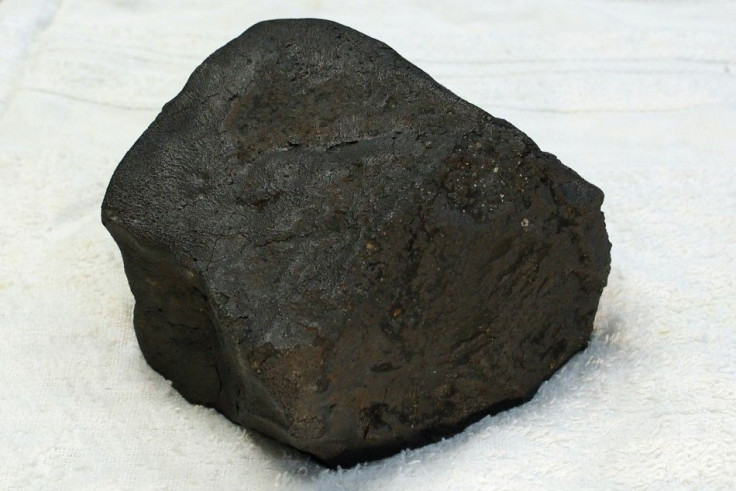Early Planet Rained Down Meteorites On Earth, Researchers Reveal
KEY POINTS
- Researchers analyzed the meteorites scattered across Earth
- They believe many of the meteorites came from a planetesimal
- Planetesimals are the early version of planets in the Solar System
A number of meteorites scattered across Earth came from a single source, researchers discovered. According to their findings, the meteorites came from an early version of a small planet millions or even billions of years ago.
The study was led by scientists from the Massachusetts Institute of Technology’s Department of Earth, Atmospheric and Planetary Sciences. It was published in the journal Sciences Advances.
For the study, the researchers analyzed the samples from meteorite fragments that landed on different parts of Earth. Through their analysis, they discovered that the fragments contained traces indicating that they came from the same parent cosmic body.
The meteorites most likely came from a planetesimal, according to the researchers. These cosmic objects inhabited the Solar System during its early years or about 4.5 billion years ago. During this period, planets such as Earth and Mars have not yet formed.
Instead, the Solar System was filled with swirling clouds of gas and dust. As the system cooled down, dust and other solid matter particles collided and merged with one another, forming early versions of planets known as planetesimals.
Over time, the planetesimals either melted or remained as a collection of cosmic rocks. Scientists believe these small early planets were the source of meteorites on Earth.
In the fragment samples that the researchers analyzed, they learned that the meteorites most likely came from a rare planetesimal that went through an unusual structural change. They believe the planetesimal had both melted and unmelted regions.
“This is one example of a planetesimal that must have had melted and unmelted layers. It encourages searches for more evidence of composite planetary structures,” Clara Maurel, the lead author of the study, said in a statement.
“Understanding the full spectrum of structures, from non-melted to fully melted, is key to deciphering how planetesimals formed in the early solar system,” she added.
According to the researchers, the planetesimal’s unusual characteristic was most likely caused by its various layers. Although some of the materials within the layers melted due to various cosmic forces, others remained intact. The researchers believe this led to the formation of meteorites that have both melted and unmelted features.

© Copyright IBTimes 2024. All rights reserved.





















